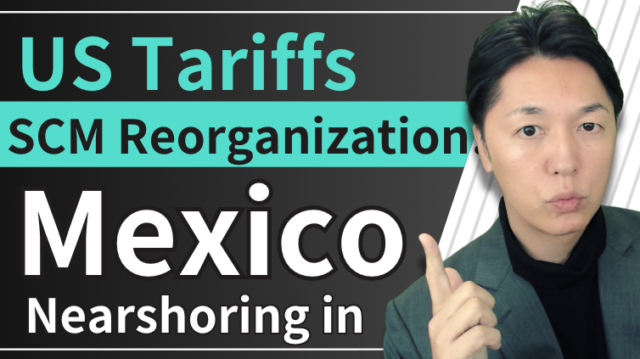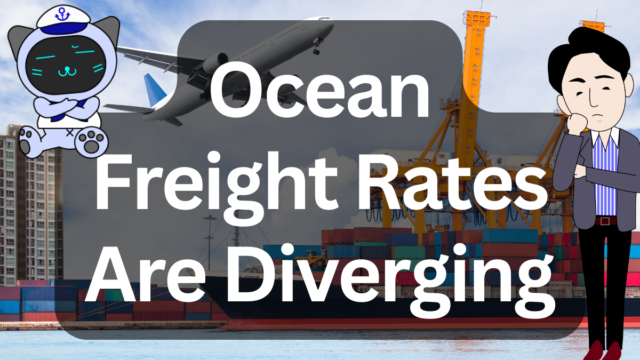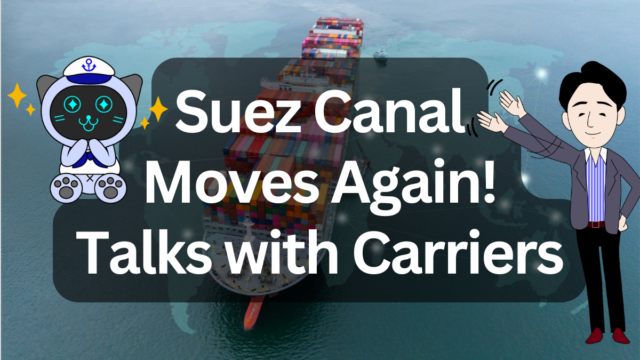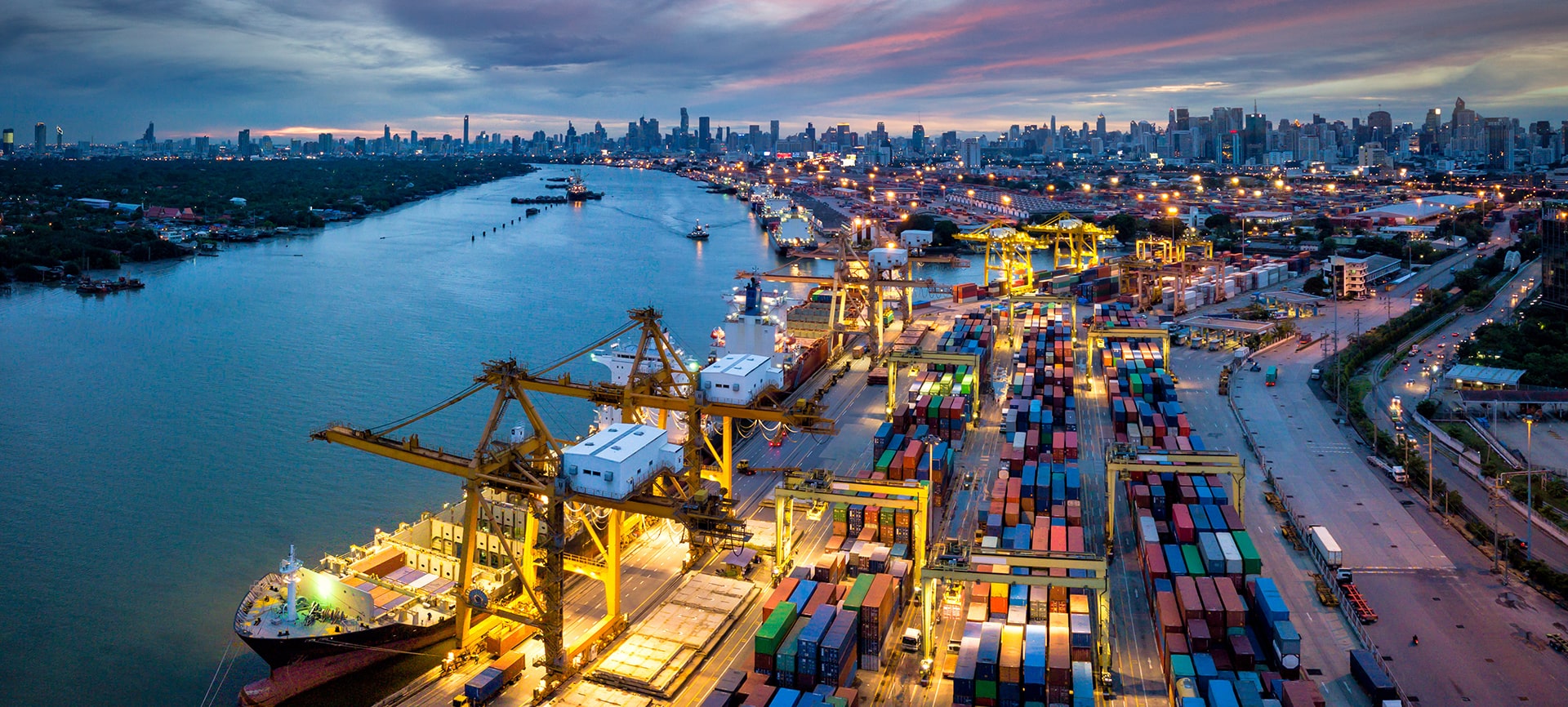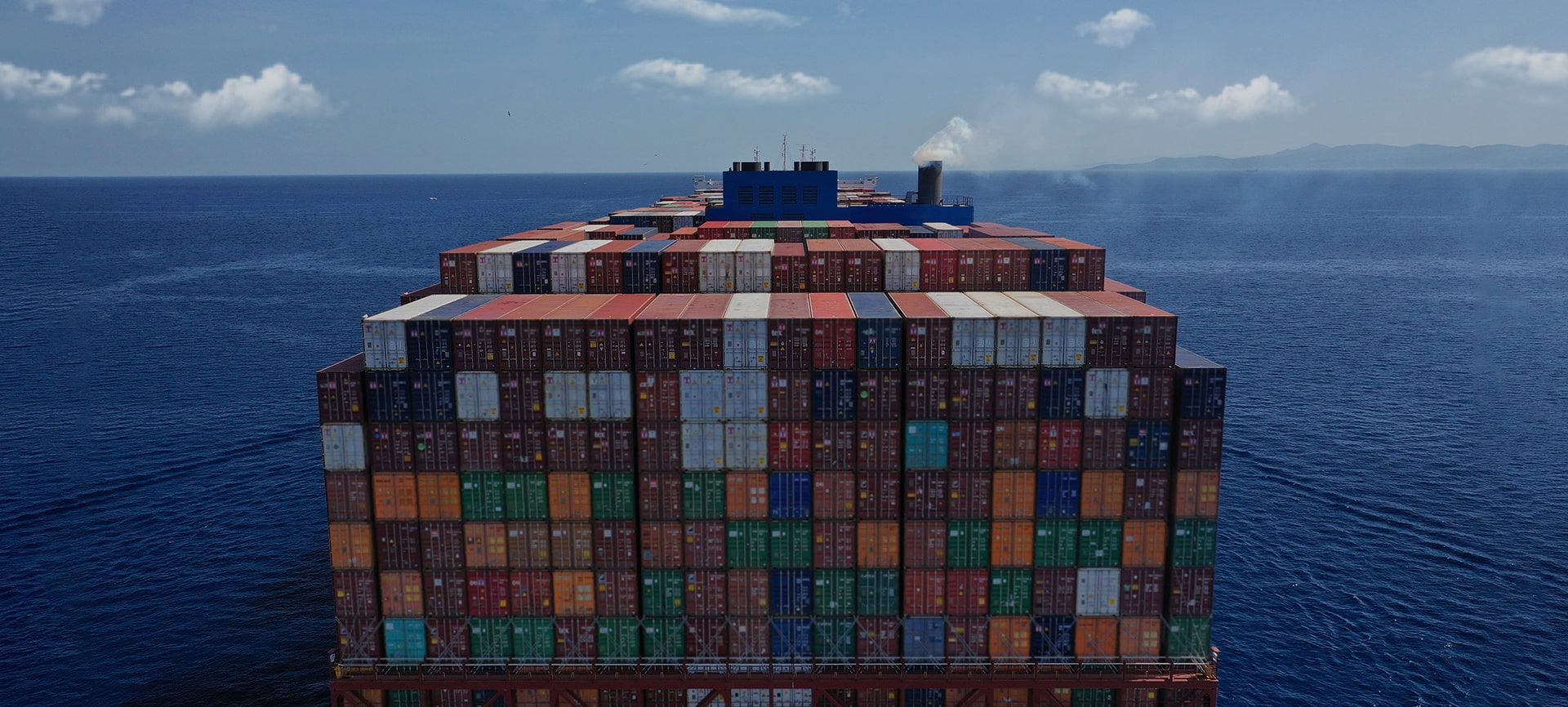Posted on: July 11, 2025 / Last updated: July 11, 2025
Container Ship On-Time Performance Rebounds to 65.8% in May — Gemini Leads On-Time Shipping
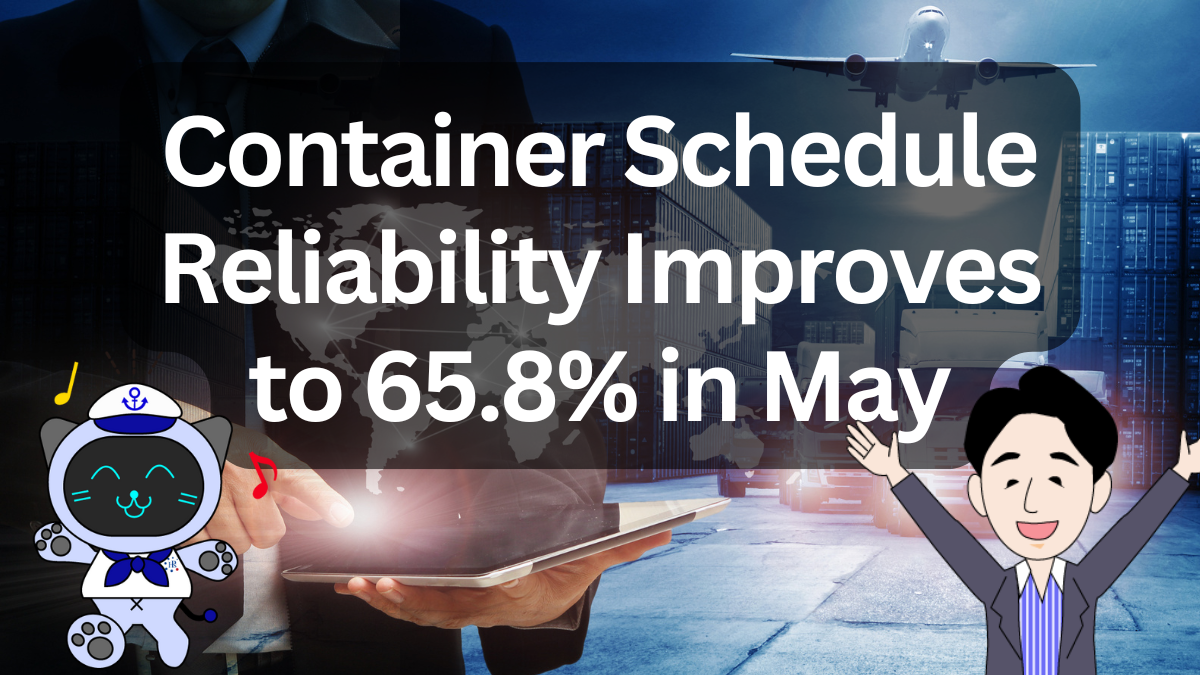
Container ship on‑time performance reached 65.8%, marking a return to the 60% range for the first time since November 2023.
Over the past few years, factors such as COVID‑19, port congestion, and Red Sea disruptions made on‑time arrivals seem unrealistic, but signs of stabilization are now beginning to emerge.
CONTENTS
What Is “On‑Time Performance”?
On‑time performance refers to the percentage of container vessels that arrive at port on schedule.
For example, if 60 out of 100 container ships arrive as planned in a given month, the on‑time rate is 60%.
Although this rate is lower than that seen in airline transport, ocean freight faces many uncertainties—weather, port issues, geopolitical tensions—so an on‑time rate above 60% is a key benchmark.
What’s Behind the 65.8% Recovery?
According to the May 2025 report from Sea‑Intelligence:
• Month‑on‑month: +7.4 points
• Year‑on‑year: +10 points
Several factors contributed:
1. Post‑pandemic recovery of logistics networks
2. Improved adaptation to Red Sea disruptions
Since late 2023, many vessels have rerouted via the Cape of Good Hope to avoid Red Sea risks when transiting the Suez Canal.
Although this extended transit times significantly, carriers responded with schedule revisions, adjusted port calls, and blank sailings—leading to the improved rate.
Gemini Leads Among Alliances
The new Gemini Cooperation, operated by Maersk and Hapag‑Lloyd, recorded:
• All Arrivals: 90.9%
• Trade Arrivals: 88.4%
A new alliance‑driven operational strategy is clearly enhancing punctuality.
In comparison, Japan’s ONE (Ocean Network Express) scored 55.1%—leaving room for improvement.
Performance by Alliance
Sea‑Intelligence now tracks two indicators: All Arrivals and Trade Arrivals.
Here is the breakdown:
• Gemini Cooperation (Maersk + Hapag‑Lloyd): All 90.9% / Trade 88.4%
• MSC (standalone): All 70.5% / Trade 77.9%
• Premier Alliance (ONE, HMM, YANGMING): All 55.2% / Trade 52.7%
• Ocean Alliance (CMA CGM, COSCO, EVERGREEN, OOCL): All & Trade 57.4%
Why On‑Time Delivery Matters
Improved on‑time performance gives shippers better predictability.
Production scheduling, promotions, parts delivery—all depend on logistics reliability.
In today’s environment, where delays equal additional cost, on‑time delivery itself becomes a competitive advantage.
In that sense, the 65.8% figure has clear positive meaning.
Remaining Risks
However, disruption remains.
Port congestion, labor challenges, and further route adjustments continue to impact schedules.
Shippers must continue monitoring pace and responding flexibly.
Conclusion
The recovery in on‑time performance signals that logistics networks are stabilizing.
These numbers reflect the efforts of logistics professionals in the field.
“Shipments that arrive on time” are becoming standard expectation—and deserve our continued focus.


